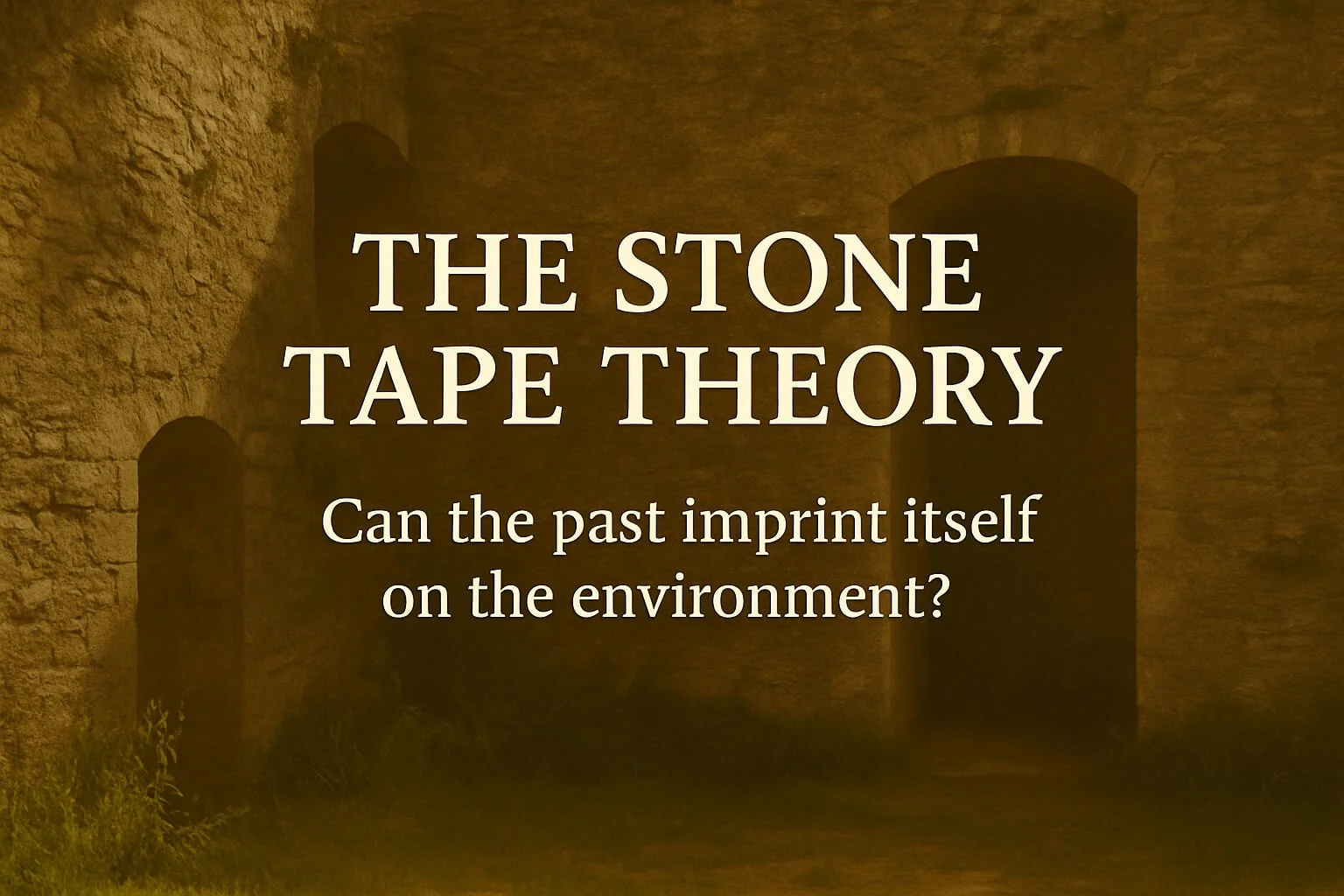The Stone Tape Theory: Can the Past Imprint Itself on the Environment?
At KASE Paranormal, one of the most intriguing concepts we frequently discuss during our team meetings and investigations is the Stone Tape Theory — a compelling hypothesis that aims to explain residual hauntings and historical spirit phenomena. But what exactly is this theory, and how does it tie into paranormal activity?
What Is the Stone Tape Theory?
The Stone Tape Theory suggests that emotions or traumatic events from the past can be “recorded” into the physical environment, particularly into materials like stone or wood. These recordings can then be “played back” under certain conditions, resulting in what we often describe as residual hauntings — ghostly replays that seem unaware of the living and follow a predictable pattern.
This concept isn’t new. It stems from older folklore but was popularised in the 1970s by a British TV drama called The Stone Tape, written by Nigel Kneale. The programme depicted scientists discovering that the walls of a building had somehow captured a past event, creating what appeared to be a haunting. The fictional story resonated with many paranormal researchers and helped shape the theory’s modern form.
How Does It Work?
While not scientifically proven, the idea behind the Stone Tape Theory is that the human brain’s emotional energy — especially during moments of extreme trauma or passion — could be imprinted onto the surrounding environment. Natural materials such as limestone, granite, or even water are thought to act as “recording media.”
Later, environmental triggers like humidity, temperature shifts, or electromagnetic activity might “activate” these recordings, causing individuals (especially those sensitive to the paranormal) to see, hear, or feel what occurred in that space long ago.
Importantly, these hauntings are often non-interactive. A ghostly figure might walk through a wall where a door once stood, or the sounds of battle may echo in a quiet field with no apparent source. There’s no awareness or intelligence behind the activity — it’s just a loop.
Evidence and Investigations
Although the Stone Tape Theory is speculative, many investigators — including us at KASE Paranormal — have encountered phenomena that fit its description. Some key signs of a residual haunting include:
Repeated activity at the same time or under the same conditions
Apparitions that do not acknowledge or interact with the living
Environmental factors such as high humidity or underground water sources
Historic ties to traumatic or emotionally intense events
While we haven’t yet found conclusive evidence for the theory, we approach each case with an open but critical mind, using both modern technology and historical research to explore possible explanations.
Why It Matters
The Stone Tape Theory offers an alternative view of hauntings that doesn’t rely on the traditional idea of spirits or consciousness surviving death. Instead, it presents the possibility that our environments are not just backdrops, but silent witnesses to human experience — holding echoes of the past that occasionally break through into the present.
For us at KASE Paranormal, it's another lens through which to investigate the unknown. Whether we’re exploring an old manor house or an ancient woodland, the question lingers: What memories might the stones around us hold?
Interested in a Paranormal Investigation?
KASE Paranormal is a private, members-only investigation team serving Kent and the South East. We’re always looking for historic and intriguing locations to explore. If you own or manage a property with unexplained activity, get in touch — we’d love to hear your story.

